
A brief introduction to product feedback
When considering the immense value of product feedback, think about your own experiences with various products. Have you taken the time to provide feedback on your experiences, whether they were exceptional or fell short of expectations? Sharing your product feedback is a crucial step for businesses, offering a real-world glimpse into the product’s performance from the most important perspective—yours. Collecting product feedback isn’t just beneficial; it’s a critical component of refining and enhancing product quality, ensuring the delivery of outstanding user experiences that foster customer loyalty. Users who interact with products daily are a goldmine of insights, identifying strengths, weaknesses, and opportunities for innovation that can elevate a product from good to indispensable.
By actively seeking and utilizing product feedback, companies are equipped to stay ahead of market trends, dodge potential pitfalls, and cement their relevance. In the competitive marketplace, product feedback serves as the foundation for maintaining user engagement and loyalty, making it an indispensable tool in the quest for excellence.
Innovate for more genuine and valuable feedback
In today’s fast-paced digital world, sticking to conventional methods for collecting product feedback can often lead to slow, depreciated insights. However, by adopting innovative methods, companies can unearth more genuine and valuable feedback that otherwise might have remained hidden. Take, for instance, the power of leveraging social media platforms not just as promotional tools but as real-time feedback channels.
This approach allows customers to share their experiences as they happen, providing a stream of live, authentic product feedback. Similarly, incorporating interactive elements such as gamification into surveys or feedback forms can significantly increase engagement, encouraging users to share their thoughts in a fun and engaging manner. Ultimately, it’s about creating a dialogue where customers feel their input is valued and can genuinely influence the product’s evolution. Remember, the more innovative and user-friendly your approach to collecting product feedback, the more likely you are to receive insights that can lead to groundbreaking improvements and foster a loyal user base.
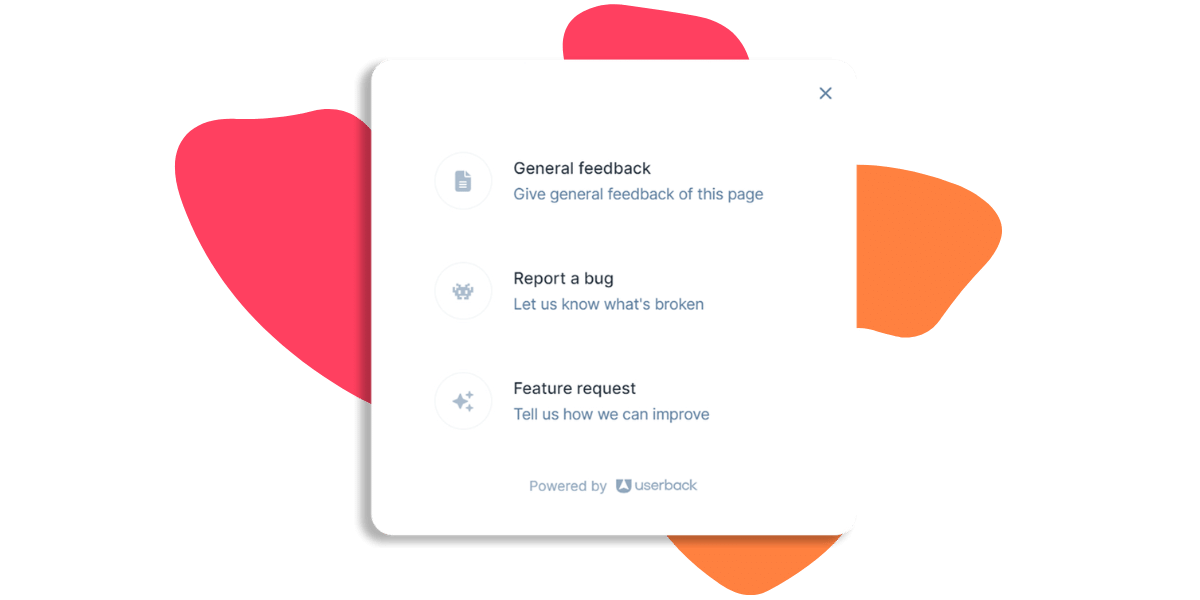
Implement feedback tools in-app
In-app feedback tools are designed to be a natural part of the user’s interaction with your product, ensuring that the process of providing feedback feels effortless and intuitive. By embedding these tools directly within your app, users can share their thoughts and experiences without breaking their engagement or navigating away from the task at hand. This seamless integration means feedback can be solicited at the moment of relevance—whether that’s after completing a specific action, reaching a certain milestone, or experiencing a new feature. For instance, simple prompts or unobtrusive pop-up surveys can appear based on user behavior, inviting immediate and contextually relevant feedback.
Furthermore, customizable feedback forms allow for the collection of specific information that aligns with your current development goals. By making the process of giving feedback as easy as tapping a button or swiping a screen, you not only increase the quantity of the feedback received but also enhance its quality, providing you with actionable insights that can drive your product development forward.
Real-time emotions and thoughts
Capturing real-time thoughts of software users stands out as a pivotal advantage in gathering product feedback. This approach offers a direct window into the user’s immediate reactions, preferences, and possible frustrations as they interact with your product. By obtaining feedback at the moment of experience, you’re more likely to get honest, unfiltered insights that reflect genuine user sentiment.
This immediacy can be incredibly valuable in identifying and addressing any issues swiftly, thereby enhancing the overall user experience and satisfaction. Real-time product feedback, therefore, is not just about collecting opinions; it’s about understanding user needs and emotions as they arise, providing an invaluable guide for making data-driven decisions that can significantly improve product design and functionality. By prioritizing this approach, companies can create products that are not only highly responsive to user needs but also ahead of the curve in innovation and usability.
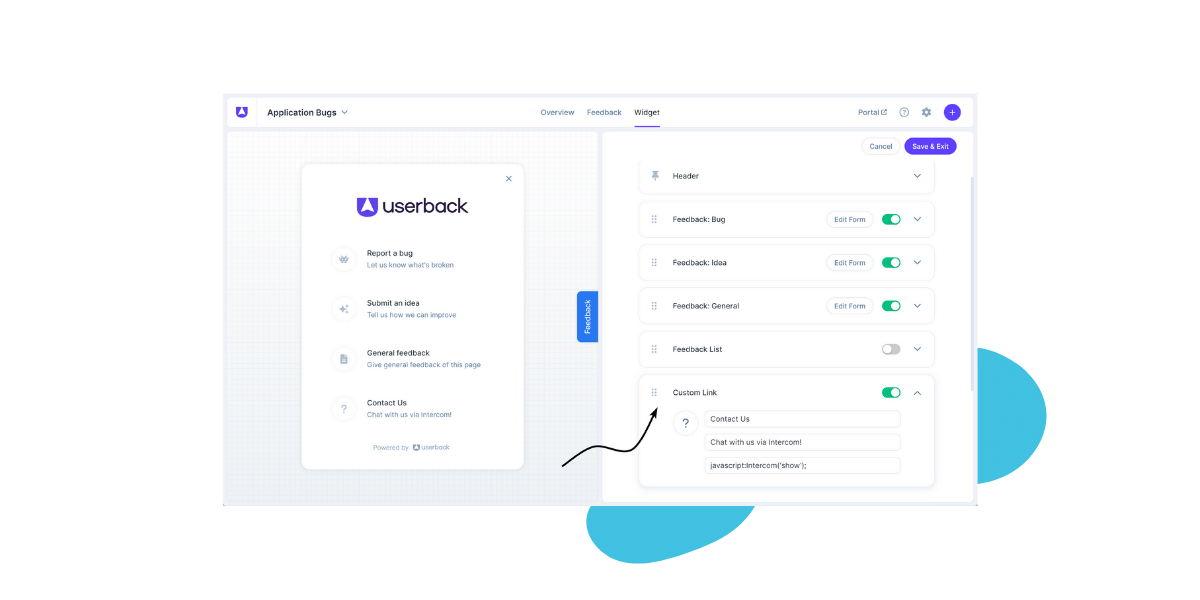
Incorporate AI chatbots for continuous product feedback
AI chatbots represent a powerful tool in the arsenal of product feedback collection. This strategy not only democratizes the feedback process but also positions it as an integral part of the customer experience. In doing so, businesses can amass a wealth of insights directly from their user base in a manner that feels organic and unforced. The subtlety of this approach lies in its ability to engage users in a dialogue, transforming the act of giving feedback from a transactional encounter into a meaningful conversation.
With their ability to be programmed to initiate conversations at strategic moments, they can seamlessly ask for feedback during or after specific interactions. For instance, following a purchase, a chatbot can inquire about the shopping experience , or after a customer service interaction, it can ask how the issue was resolved for CSAT insights. This method ensures that product feedback is collected when the experience is fresh in the user’s mind, leading to more accurate and insightful responses. Better still, AI chatbots can be customized to ask targeted questions based on the user’s journey, enabling businesses to gather specific insights relevant to different stages of product interaction.
By leveraging AI chatbots for continuous feedback, companies can maintain a constant pulse on user satisfaction and product performance, making it an indispensable strategy for driving product improvements and innovation.
Like our early example of in-app feedback tools, anything that creates a frictionless, always-on feedback loop, with minimal effort on human collection can’t be a bad thing, right?
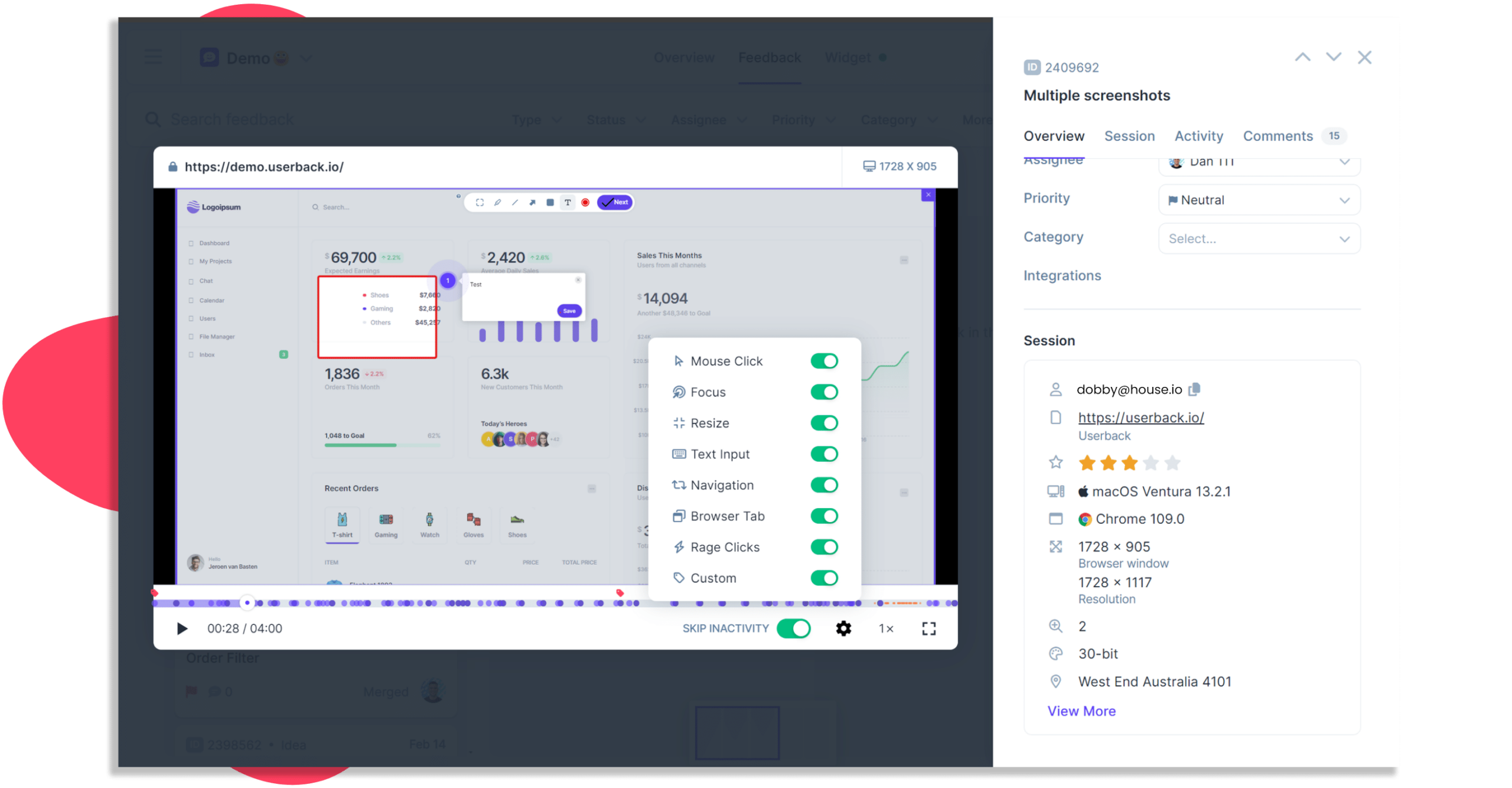
Passively collect for behavioural feedback
Session replays emerge as a critical tool for product managers and e-commerce webmasters in obtaining behavioral product feedback, offering a clear window into the user’s actual interaction with a website or application. Unlike traditional feedback methods, session replays provide an unvarnished look at the user’s experience, capturing every click, scroll, and hover. This form of product feedback is invaluable because it reveals not just what users say they do, but what they actually do. This discrepancy between stated and actual behavior can be eye-opening. For instance, a user may report that they find your website easy to navigate, but a session replay might show them repeatedly struggling to locate a specific function or piece of information. This kind of product feedback is a goldmine for refining user interfaces, streamlining navigation, and eliminating pain points that might not have been otherwise identified.
By leveraging the insights gained from session replays, product managers and webmasters can make data-driven decisions to enhance usability and, consequently, user satisfaction. Incorporating session replays as a continuous measure for collecting product feedback ensures that businesses can swiftly identify and react to areas needing improvement, keeping them one step ahead in delivering an optimal user experience. Ultimately, this approach to gathering product feedback supports a cycle of constant iteration and refinement, directly informed by the genuine needs and behaviors of users.
While session replays offer rich, behavioral insights into user interaction, the reality is that product managers and e-commerce webmasters are often time-poor. Dedicating hours each week to watch these replays is not always feasible, despite the potential benefits. This challenge underscores the need for attaching session data directly to user feedback to add context and strengthen the insights gathered. By integrating specific session replays with user-reported issues or feedback, product teams can quickly pinpoint and understand the context behind a user’s experience without the need to sift through countless hours of footage.
This approach not only saves valuable time but also ensures that the insights gleaned are directly applicable and actionable. It transforms product feedback from a broad, often overwhelming stream of data into focused, context-rich insights that can drive targeted improvements. In essence, linking session replays with user feedback is a crucial strategy for time-constrained product managers aiming to enhance their product’s usability and user satisfaction efficiently.
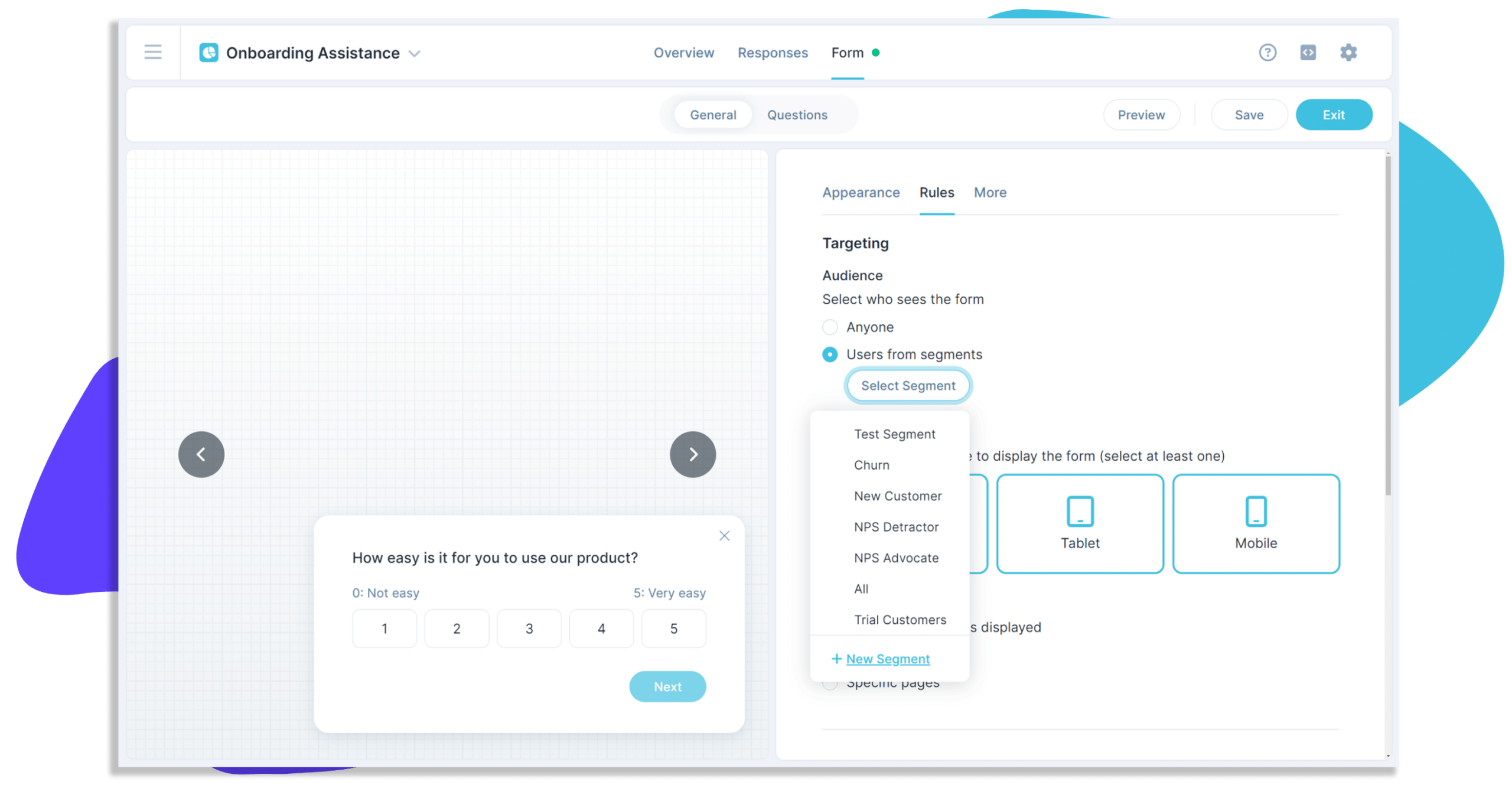
Survey users in-app and out of app
In-app surveys represent a revolutionary leap over traditional email surveys, primarily due to their capacity to capture in-the-moment product feedback directly from users. This real-time engagement ensures that the feedback is not only more accurate but also significantly richer in insights, as it is derived from users who are actively interacting with the product. Engaging users while they are within the app environment capitalizes on their immediate experiences and sentiments, mitigating recall bias that often affects the reliability of feedback collected through emails, sent out hours or days after the interaction.
Furthermore, the convenience of in-app surveys drastically enhances response rates. Users are more likely to contribute feedback when it is seamlessly integrated into their user experience, rather than disrupting their workflow with an external email request. This method ensures a higher volume of responses, providing a more comprehensive and nuanced understanding of user satisfaction and areas for improvement. By leveraging in-app surveys for product feedback, companies can swiftly identify and address user needs, fostering a cycle of continuous improvement and customer-centric innovation. This approach not only elevates the user experience but also positions businesses as agile and responsive to their customer base, enhancing brand loyalty and user engagement.
Have an enormous email database, or just love sending email? We’ve got you.
Portable survey links for the same in-app survey amplify the strength and reach of product feedback mechanisms, providing a versatile and efficient tool in understanding user experience. By employing portable survey links, companies can distribute their surveys across various platforms and touchpoints without the necessity to recreate or duplicate surveys for different environments. This flexibility ensures users can provide feedback through the most convenient platform for them, be it within the app, on a social media post, or through an email campaign, thereby increasing the likelihood of engagement and response.
Furthermore, this approach creates a consistent feedback loop that enriches user insights from multiple sources while maintaining the integrity and comparability of the data collected. Portable survey links enable a seamless integration of feedback into the product development cycle, ensuring that every piece of product feedback is captured, analyzed, and acted upon efficiently. The ability to centralize feedback through a singular survey mechanism simplifies data analysis and accelerates the implementation of user-driven improvements. This method showcases a company’s adaptability and its dedication to refining user experience based on reliable, actionable insights, ultimately driving product excellence and user satisfaction.
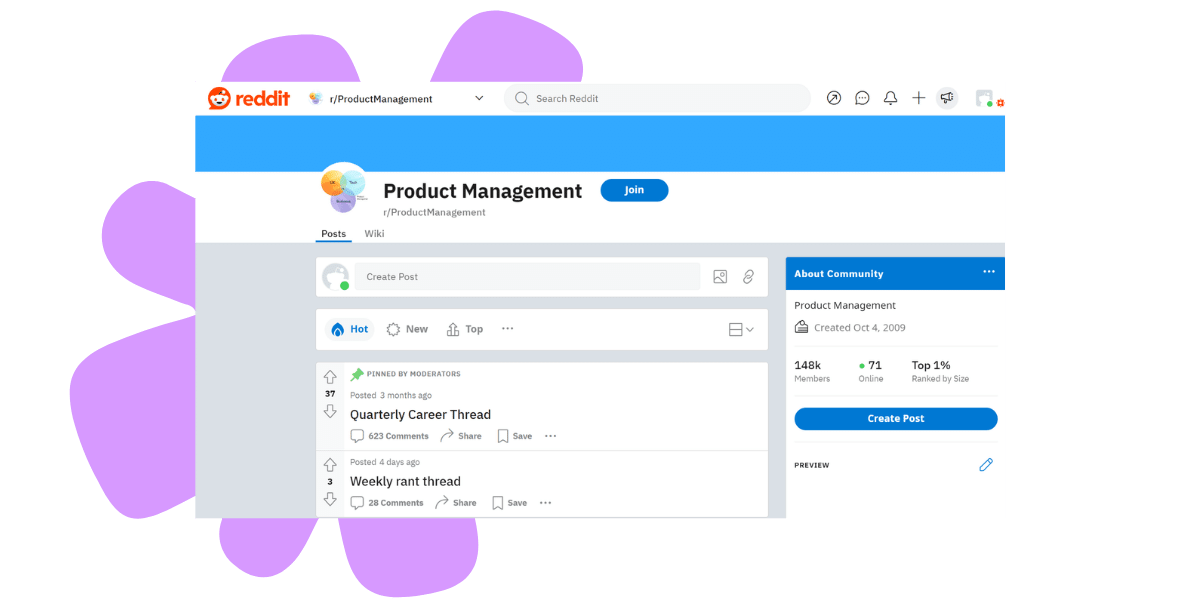
Community and social polls
Engage your users on social platforms with polls and questions. By creating a community around your product, you not only gain valuable insights but also foster brand advocates and loyal customers. Social polls offer an interactive and engaging way to gather feedback from users, while also promoting a sense of community and inclusivity.
Through social polls, companies can tap into the collective knowledge and opinions of their audience, gaining valuable insights into user preferences, needs, and pain points. This approach not only provides a platform for users to voice their opinions but also creates opportunities for brands to respond and engage with their community, showcasing a commitment to user satisfaction and continuous improvement.
Moreover, social polls can serve as a valuable marketing tool, generating buzz and increasing brand visibility through user engagement and participation. By leveraging the power of social media platforms, companies can reach a larger audience and garner more diverse feedback, creating a comprehensive understanding of their user base. This approach allows for the identification of trends and patterns in user feedback, enabling companies to proactively address potential issues and enhance their product based on popular demands.
You can go beyond active users
Expanding the scope of engagement to include communities outside of your immediate user base, such as specialized product management groups on platforms like Reddit, offers a unique and potent avenue for refining your product. These external communities, with their diverse backgrounds and perspectives, can provide a wealth of unfiltered, constructive feedback. By tapping into these groups, you not only gain access to in-depth critiques and suggestions but also the opportunity to identify unforeseen use cases or innovative product applications. Engaging with product management communities on Reddit, for instance, allows for the exchange of insights with professionals who have a keen understanding of user needs, market trends, and technological capabilities.
This strategy not only broadens your feedback pool but also enhances your product’s relevance and appeal across a wider spectrum of potential users. In doing so, it reinforces your commitment to excellence and inclusivity, further establishing your brand as a leader that values comprehensive feedback and is dedicated to continuous, user-focused product evolution.
It’s worth noting however, it can cost meaningful dollars to reach, and engage non-users via the social and community channel to reach an effective sample size. Something to keep in mind when looking at what method of product feedback collection is right for you.
The wrap up
Incorporating innovative feedback methods, as outlined above, is not just an option; it’s a critical strategy for businesses aiming for continuous product improvement and market leadership. These methods—be it in-app surveys, portable survey links, community and social polls, or engaging external communities—offer a multifaceted approach to understanding user needs and expectations. By integrating these techniques, companies can gather a richer, more varied set of feedback, directly from the source. This wealth of data ensures that decisions are not just based on assumptions but are underpinned by actual user insights, enhancing the relevance and user-friendliness of products. Adopting such a comprehensive feedback mechanism signifies a business’s commitment to innovation, reliability, and solution-focused product development. Ultimately, this strategy leads to the creation of superior products that resonate deeply with users’ needs, setting the foundation for enhanced user satisfaction, increased loyalty, and stronger brand advocacy.
To truly understand and cater to your users’ needs, it’s crucial to experiment with different feedback methods and find what works best for your specific product and audience. We encourage you to try out the product feedback methods mentioned and see how they can enhance the quality of your feedback collection process. By incorporating these strategies, you can ensure that your product evolves and improves in line with user expectations, propelling your brand towards continued success.
Want to get started right away? Userback offers a 14 day free trial that supports many of these techniques. Sign up and see how product feedback can change the game for your team.
